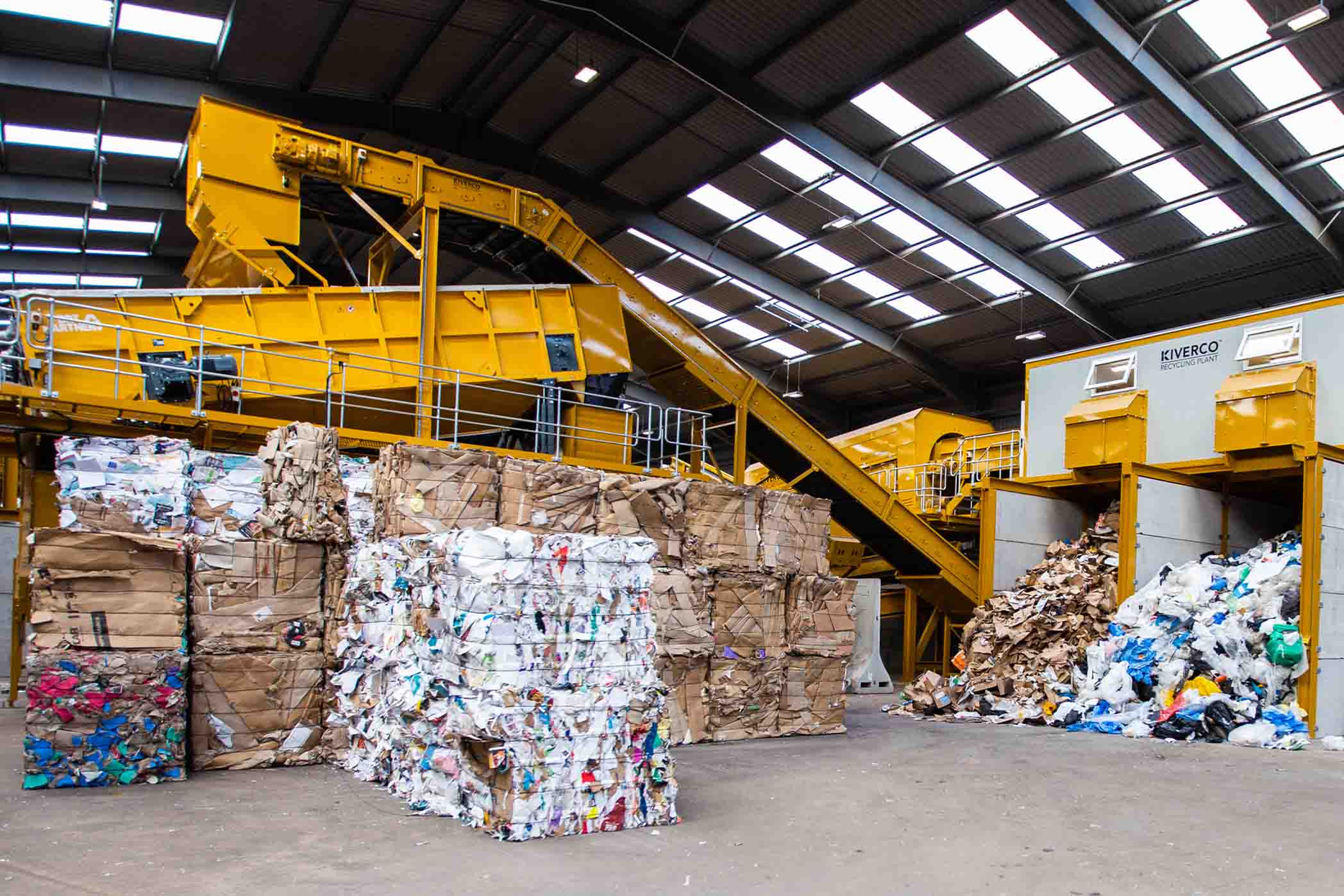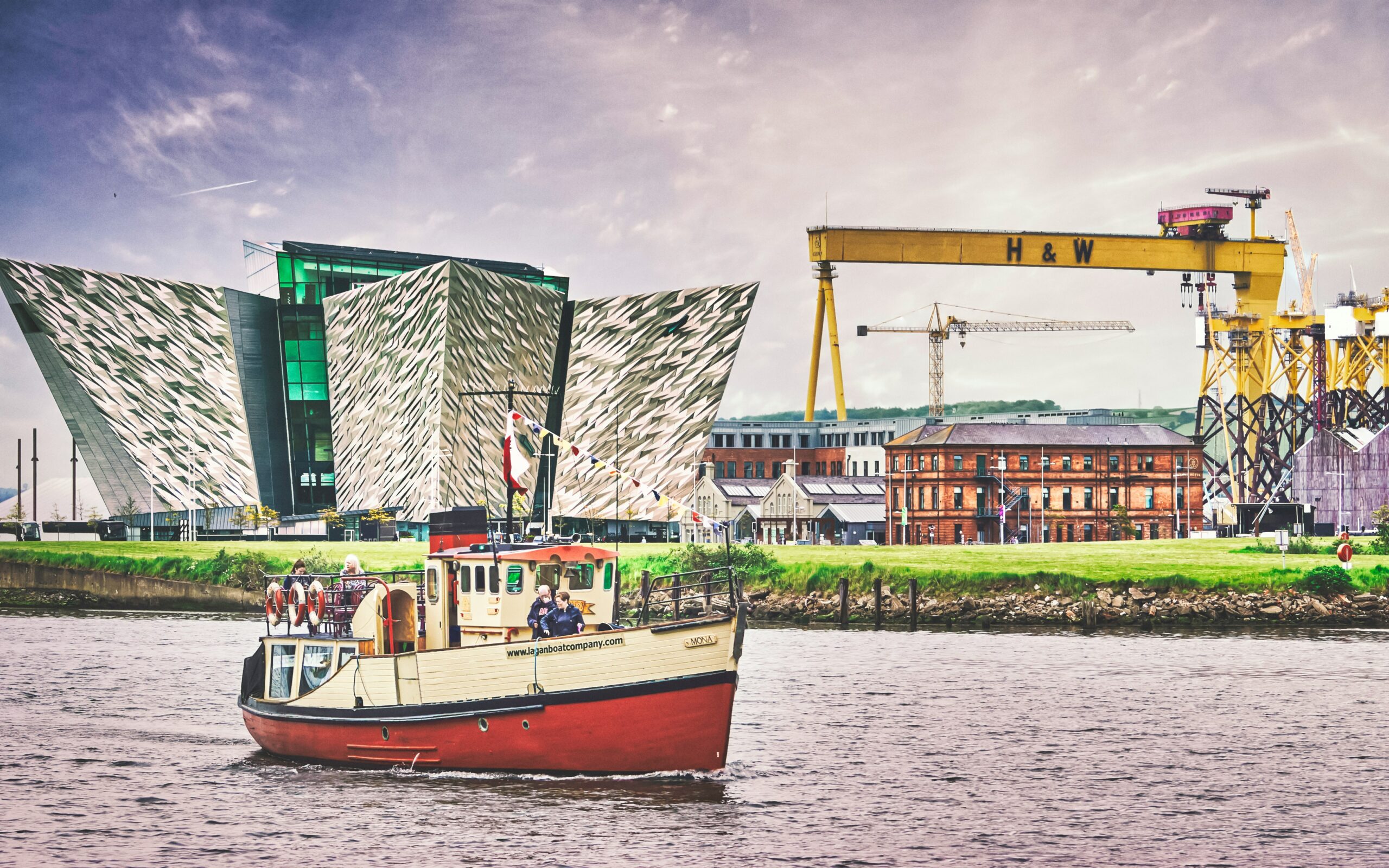Ireland’s third-largest city continues to boost its appeal through its “Limerick 2030” strategy

The city of Limerick has a reputation of being Ireland’s innovation capital – a reputation that will not be changing any time soon. Chief Executive of Limerick City and County Council, Dr. Pat Daly, and other local private sector executives spoke about innovation, recent growth in the area, and plans meant to keep the city’s momentum going until 2030 and beyond.
Innovation and a welcoming spirit have been pillars of Limerick for generations. In fact, the region was the birthplace of an internationally recognized symbol of Ireland – Irish coffee. The popular drink was created at Foynes Airbase, near present-day Shannon International Airport in the winter of 1943 to give visitors a literal warm welcome to Ireland after long, cold flights.

Additionally, Limerick is known as the home of Ireland’s first innovation center, shared workspace, and national technological park, where over 80 global multinational subsidiaries and Irish technology companies focus on research and development (R&D).
International companies increasingly choose to have a presence in Limerick, Ireland’s most future-focused city, including Analog Devices, Uber, Edwards Lifesciences, Johnson & Johnson, Cook Medical, and Regeneron. These multinationals capitalize on the three prestigious higher-education academic institutions in the area to collaborate on R&D and access a high-caliber workforce.
Shane Geary, General Manager of Analog Devices Ireland (ADI) explained their decision to invest in Limerick for the company’s most advanced site globally, a state-of-the-art wafer fabrication plant. Geary highlighted how Limerick is at the center of the global production of semiconductors and stated, “Semiconductors are the bedrock of modern digital information and are critical across all industries. The solutions being developed onsite within our Limerick facility support the global rollout of 5G mobile networks. These semiconductors are the backbone of next-generation solutions that further drive and interconnect devices and technology, including autonomous driving, automotive electrification, factory automation, and digital healthcare.”
Geary continued, “Limerick’s dynamic ecosystem has been fundamental to ADI’s success in attracting top talent, with the majority involved in R&D. The company continues to benefit from its location in Limerick and close proximity to a cluster of other high-tech multinationals.”
According to Daly, “There is a history of innovation ingrained within Limerick’s DNA, and a can-do spirit that multinational companies appreciate.” Limerick is currently doubling down on nurturing innovation, R&D, excellence in higher education, entrepreneurship, and talent even further.
Limerick is already Ireland’s third-largest city, and is poised to grow even larger in the coming decades. By 2040, the population of Limerick is expected to increase 50-60 percent. Currently, 500,000 people live within an hour’s drive of the city, and over 150 nationalities are represented in Limerick’s population.
In the early 2010s, Limerick unveiled what was initially a EUR 250 million economic and spatial plan known as “Limerick 2030” with a goal to revitalize growth and add 5,000 jobs. The plan was a national first, created to make Limerick a more attractive destination for businesses, potential residents, and visitors.
Daly highlighted the success of the plan, which achieved its goals much faster than expected, and continues to grow, bringing added benefits to the Limerick ecosystem. “Investments in Limerick have now reached EUR 2.73 billion, and over 19,000 jobs have been created,” Daly said.
A few noteworthy projects acting as economic catalysts include:
The Opera Site: Limerick’s biggest commercial property development has broke ground and is set to become a new landmark in the heart of Limerick City. It will be a daytime employment hub and transform into a bustling nighttime destination.
The Gardens International: a new LEED Gold international grade office complex which has been awarded multiple accolades for its flawless combination of dynamic contemporary architecture with old heritage buildings.
A pair of hospital campuses have been announced for the area. Jobs in sectors such as information & communication technologies, medical, fintech, retail, and manufacturing have been given a large boost by the plan. Daly said Limerick 2030’s success has helped the community withstand the economic impact of the COVID-19 pandemic. “We set out to transform Limerick and transition the region for the future. This has certainly helped in the COVID times,” he said.
Along with its efforts to appeal to businesses, Limerick has proven to be an attractive choice for workers. Residential rental costs in the city are 44 percent lower than those in Dublin, and people living in Limerick spend less than 30 percent of their income after tax on rent. Quality of life is another local strength – 93 percent of professionals who moved to Ireland’s Mid-West Region for work reported feeling much happier in their new location.
The city’s ambitious plans for reinvention continue to benefit local stakeholders and prepare the region to accommodate future investments that capitalize on local human capital. The Limerick City and County Council is currently working to review the progress that Limerick 2030 has made so far. Daly expects the council to set a target for adding 33,000 Limerick jobs over the next 10-15 years.
“Limerick is now being ranked as one of Europe’s leading cities for FDI. We are investing in infrastructure, upgrading buildings, focusing on innovative value-added sectors, and changing people’s perception of Limerick – and the response has been a surge in planned investments. I look forward to seeing the continued growth of Limerick,” Daly said.
Tourism in Limerick: Atlantic Edge, European Embrace
Limerick has a rich history connecting Europe and the USA. Shannon International Airport, the birthplace of Irish coffee, has historically served as a gateway between Ireland and the United States. Once visitors arrive in Limerick, they can reach every other city in the region by road within 90 minutes. In addition, it is a perfect spot for tourism. The city has many popular tourism destinations, including King John’s Castle, a beautifully preserved 13th-century castle; the Limerick City Gallery of Art, the largest contemporary art gallery in the region; St. Mary’s Cathedral, Limerick’s oldest building still in use; and The Hunt Museum, boasting works by the likes of Pablo Picasso and Sybil Connolly.



























